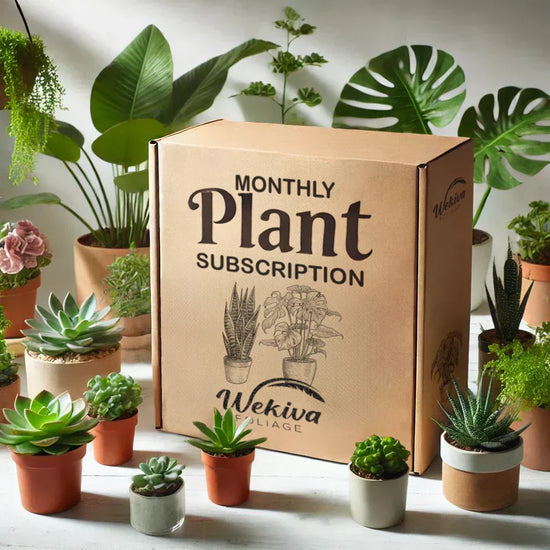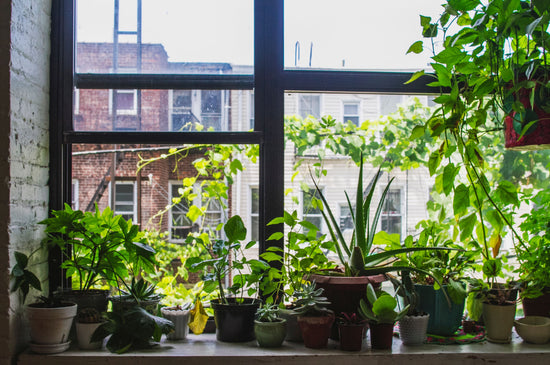Can Clematis Be Grown from Seed?
Clematis vines, with their magnificent clematis flowers, are a prized addition to any garden. While most gardeners prefer to buy mature clematis plants, growing clematis from seed is an exciting and rewarding way to expand your collection. It allows for experimentation with unique varieties and adds a personal touch to your garden. However, growing clematis vine plants from seed requires patience and careful attention to detail.

How to Grow Clematis from Seed
Growing clematis plants from seed involves multiple steps, each critical to success. Here's a detailed guide:
-
Harvest or Purchase Seeds
- If you have established clematis flower plants in your garden, you can collect seeds in late summer or fall after the seed heads mature. Ensure the seeds are fully ripened before harvesting.
- Alternatively, purchase clematis seeds from a reputable supplier for better germination rates. Note that seeds from hybrid varieties may not produce offspring identical to the parent plant.
-
Stratification Process
Clematis seeds need a period of cold stratification to mimic natural winter conditions and break dormancy. To stratify:- Place the seeds in a plastic bag with damp sand, peat moss, or vermiculite.
- Store the bag in the refrigerator for 2–3 months. This step is essential for ensuring germination.
-
Sowing the Seeds
- After stratification, plant the seeds in seed trays filled with a light, well-draining seed-starting mix.
- Cover the seeds lightly with soil and mist them with water. Keep the trays in a warm location with indirect sunlight.
-
Provide Optimal Growing Conditions
- Maintain consistent moisture in the soil but avoid waterlogging.
- Keep the temperature around 65–70°F for optimal germination.
-
Transplanting Seedlings
- Once the seedlings develop their first set of true leaves, transfer them into individual pots with nutrient-rich soil.
- Gradually acclimate the seedlings to outdoor conditions before planting them in the garden.

Advantages of Growing Clematis from Seed
- Cost-Effective: Seeds are a more affordable option compared to buying mature plants.
- Personalized Garden: Growing from seed allows you to cultivate rare or hard-to-find clematis vine varieties.
- Rewarding Process: Watching your clematis flower plant grow from seed to full bloom is incredibly satisfying.

Challenges of Growing Clematis from Seed
Growing clematis plants from seed requires patience, as germination can take weeks or even months. Additionally, not all seeds are viable, so it's important to plant more seeds than needed.
For those who prefer mature plants ready to bloom, visit our Clematis Collection for a variety of options that save time and effort.
FAQ: Can Clematis Be Grown from Seed?
Q: How long does it take for clematis seeds to germinate?
A: Depending on the variety, clematis seeds can take anywhere from a few weeks to several months to germinate. Stratification helps speed up this process.
Q: Do all clematis seeds produce plants identical to the parent?
A: No, seeds from hybrid clematis vines often produce offspring with different traits. This can be part of the fun, as you may discover unique flowers.
Q: Can I plant clematis seeds outdoors without stratifying them?
A: While direct sowing is possible, seeds may take much longer to germinate without stratification.
Q: What’s the best time to plant clematis seeds?
A: Start the seeds indoors in late winter or early spring for transplanting outdoors in late spring or summer.





